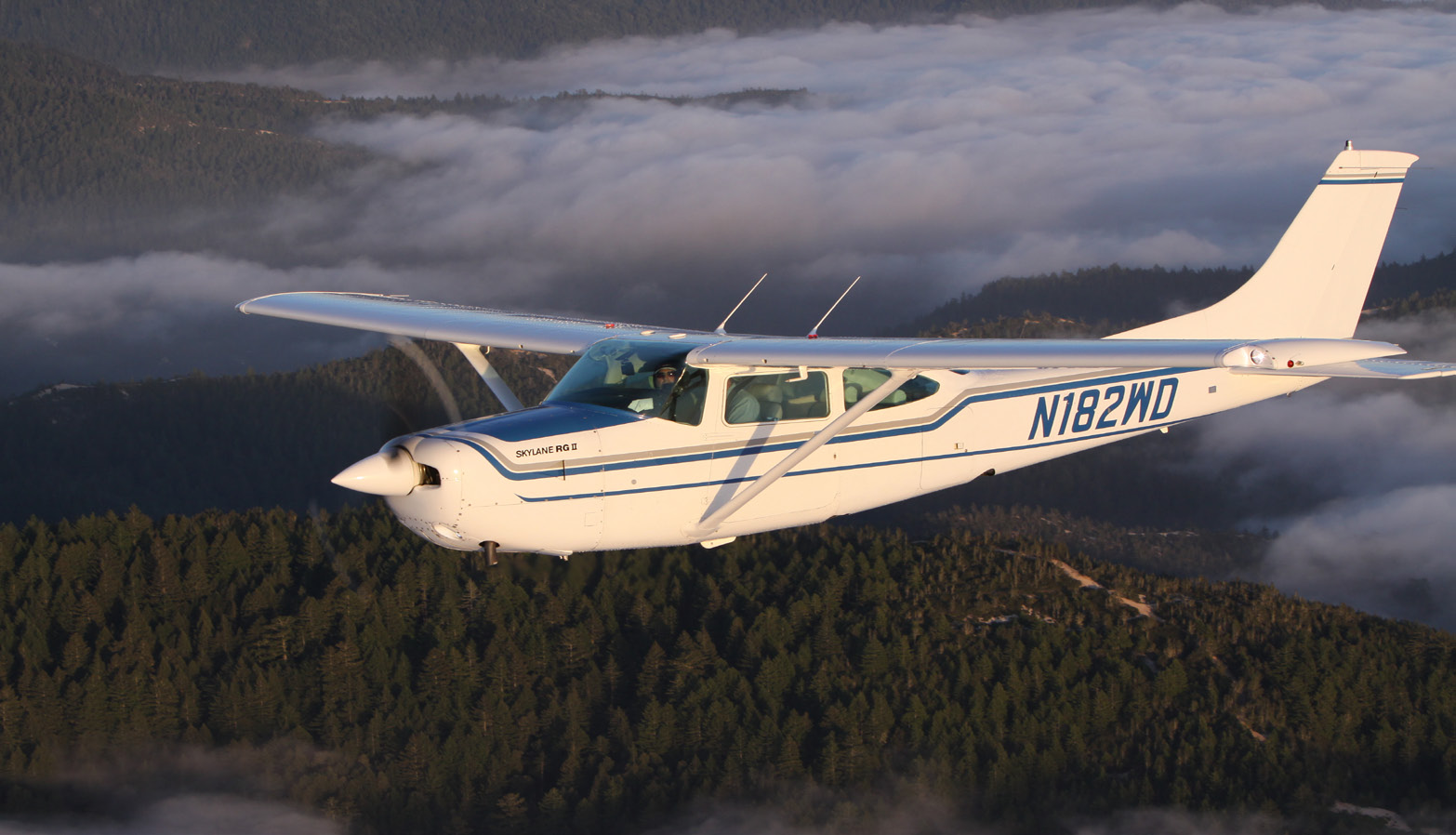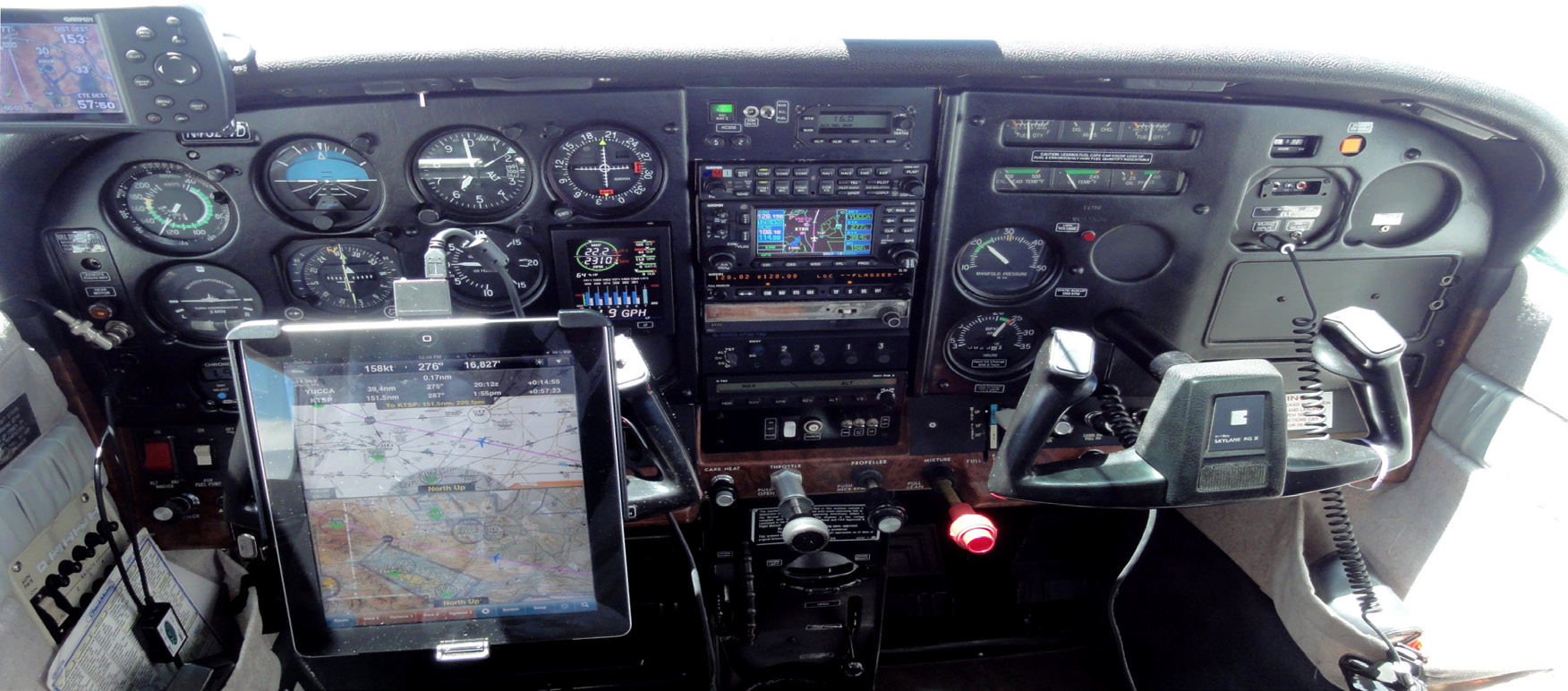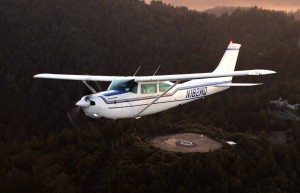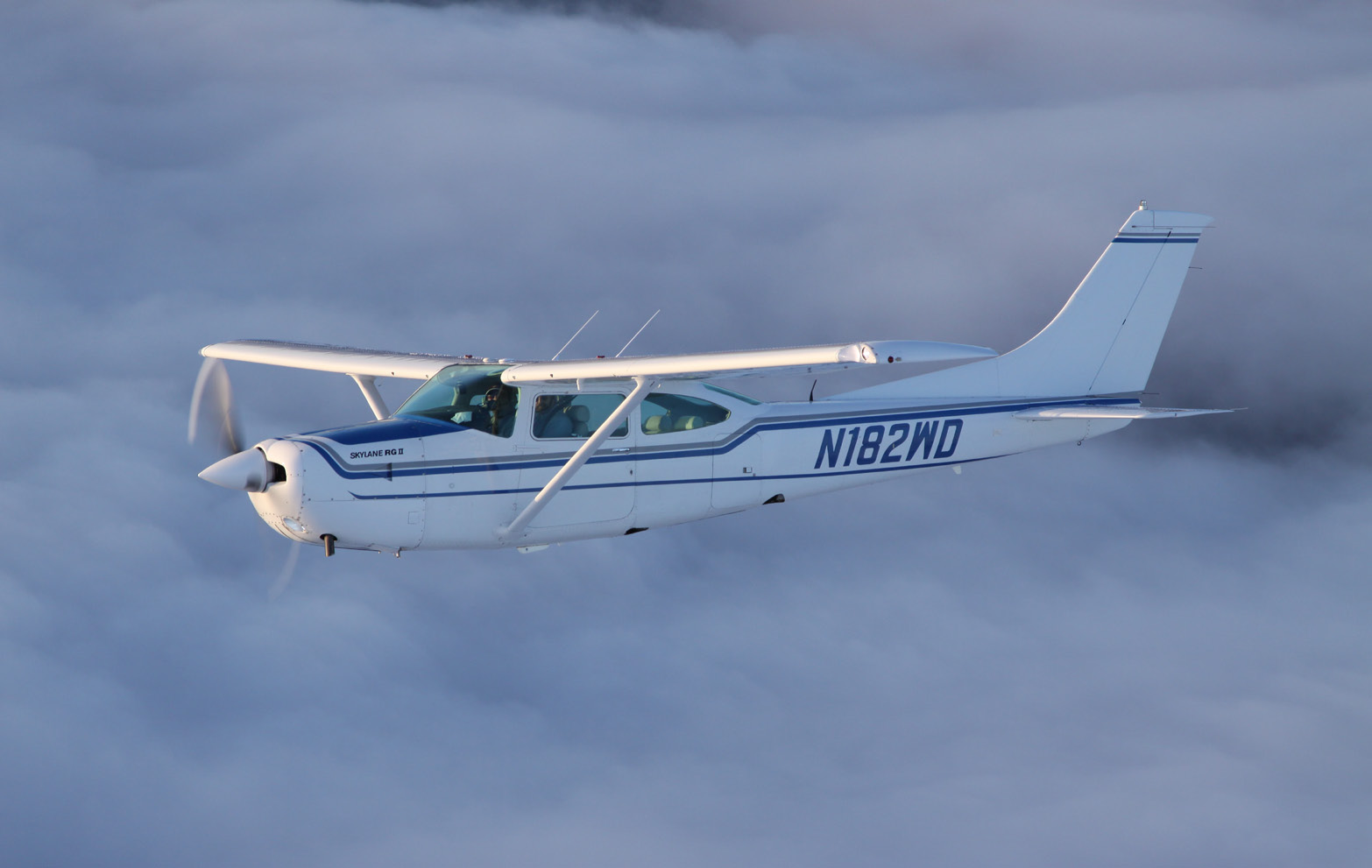The following article was featured in the Nov. 2012 edition of the Cessna Pilots Association (CPA) Magazine. Several members of SCAPA are also members of CPA and highly recommend others consider joining. They’re a fabulous organization with a fantastic set of online forums that are useful to Cessna pilots and other folks interested in general aviation.
This article is reprinted with permission of the Cessna Pilots Association www.cessna.org.

An International Traveler
by W. D. Lewis
N182WD has quite the pedigree as an international traveler. It left the factory as YV-1665P on January 4, 1979 according to the original Weight & Balance Data Sheet and was exported to Venezuela. Next it was sold to a company in Tarzana, CA and re-imported into the United States in December of 1994. The owner in Tarzana then sold it and exported it to South Africa in August of 1995, where it became ZS-NVZ. Then it was sold to a company in Kansas in September of 1998 and re-imported again to the United States in August of 1999, again as N1665P, and sold to a company in New Mexico. Over the next couple of years it got a new interior and paint job as well as a factory overhauled engine. In November of 2002 it was sold to a gentleman in San Angelo, Texas. He had a Garmin 430 and an S-Tec 55x with altitude preselect installed. And so starts my story.

I’d been looking for a TR182 with good avionics and an autopilot for a year or so. I had been following Trade a Plane just seeing what went by. I was looking for a good deal to come along. (Of course it’s disappointing to see what the prices turned into after I bought it, but heartening to see some firming and even some appreciation in values.) I’m based at San Carlos, CA and all my flights are East over the Rockies or down through Palmdale and Arizona. I really needed a turbo with oxygen built-in for high altitude. I saw the TR182 as a T210 Lite that would really fit the bill. Since usually it would only be my wife and I traveling, I wanted a good useful load to drag whatever along with us. I really didn’t need all the plane that is a 210, but wanted something that would bring the legs up and fly high. The plane was in Sinton, TX. I was ferrying a Citabria from the factory near Milwaukee, Wisconsin back to the Bay Area in early spring. I took the southern route and stopped along the way to catch up with friends as well as to check out the plane.
It’s not surprising the logbooks were on the short side. While the plane had made it around the planet, not a lot of paperwork has followed it. It has very spotty records at best until it made its final return to the United States in August of 1999 which began a trail of detailed logs.
The previous owner, who I purchased it from, had landed gear up in it. After it was repaired he really didn’t want to fly it anymore. The shop that fixed it in Sinton then put it up for sale. It fit the bill with a Garmin 430 and an S-Tec 55-X with altitude preselect installed. The paint job and the interior were still in good shape. The engine only had a few hundred hours on the Lycoming factory overhaul and obviously a brand new prop. The rest of the panel wasn’t anything to brag about with a Cessna intercom and an old ARC Nav/Com.
I called John Frank and asked him if he could recommend someone in Texas to do a pre-buy and he told me to call John Efinger in Fort Worth. After doing some research on John, I found that he was very active on the CPA Forums as well as a respected rigger. All he works on are legacy Cessnas. I called John and we came to terms on a pre-buy. My plan was if the pre-buy went well to have John rig it while it was there.
The plane arrived at John’s hanger at Hicks Field, (T67). While it just had an annual, I had John do a whole new annual. It was a good idea. The “annual†it came with wasn’t John’s or my idea of an annual. As he went through the plane, one thing led to another. It did have a good engine and a solid airframe, but it also had some “bugsâ€. I was a reasonably good deal, especially considering it had a Garmin 430 and an S-Tec 55-X autopilot in it, so I bought it.
I realized the plane would be a fixture in John’s hanger for awhile so, I might as well do the “fix up†that I’d planned on doing later. The original ARC radio went along with the indicator and the audio panel. I added a Garmin SL-30 Nav/Com, Garmin GMA-347 Audio Panel, King HSI, (this was before Aspen) and had the Garmin 430 upgraded to WAAS. John went through the plane from spinner to stinger and really put it into great shape. Before any of the avionics were installed, John removed all the items that were to be replaced and totally went through the panel wiring. He did a wonderful job. It’s a thing of beauty. There isn’t a single wire that isn’t accounted for and all grounds are correctly terminated. No funky butt splices in this plane!
John recommended that I have an engine analyzer, (particularly since it was turbocharged), and installed a JPI EDM-800 with fuel flow and all the other whistles and bells. I later upgraded it to an EDM-830 and I really love it. It makes engine and fuel management a real treat. I also put on a flap gap kit and installed Rosen visors. Before it left John’s hanger I had procured registration number N182WD.
I also have a Garmin 396 with XM Weather as well as an iPad with WingX with synthetic vision. I tend to fly long legs at 16 or 17 thousand feet at around 65% power. Keeping the hottest cylinder at or under 380 degrees, I average 160 knots, TAS burning between 11 and 12 gallons an hour depending on the season. That’s better than book, so it makes me happy! The S-Tec 55x has GPS Steering and with the altitude preselect makes long trips easy. The autopilot with the WAAS GPS, HSI, iPad with geo-referenced approach plates and the 396 with Nexrad really makes it a great IFR platform.

Maintenance has been minimal. I attribute that to all the work John put into it before I ever left his hanger and to good annuals. One of my very favorite trips each year is to fly back to Texas for an owner assisted annual. Not only have these annuals kept me from being stranded, but I’ve received a great education on the workings of my plane.
I’ve averaged over 200 hours a year in it since I bought it. I’ve lost count of how many times I’ve been across the country in it. I’ve taken it to Oshkosh and Sun N Fun at least three times. My wife and I flew it to Little Cayman over-flying Cuba to go scuba diving. The only time
we take commercial anymore is for the annual Christmas trek back to Michigan.
The air to air photo session was a lot of fun. I’ve never flown formation before. I was able to enlist some experienced friends from the airport to make it happen. The photo plane, a Beech A-36 was flown by its owner, Jamey Courtney. Right seat in N182WD, (and taking most of the responsibility to remain two separate planes), was Greg Blanck. He has an A-36 as well and has had a lot of experience flying formation with Jamey. Jamey had removed both of the rear doors from his planeto give an incredible view for the photographer, Lisa Frey, while she was strapped in the rear seat next to the door. Lisa shot all the air to air pictures for this article and I was absolutely thrilled when I saw them. The three of them made a wonderful team and I was, well, pretty much along for the ride. And a great ride it was!
I’ve been very happy with N182WD. It’s a nice solid airframe with a really comfortable interior and hard IFR avionics. Now, like any aircraft owner, if I could only squeeze out a few more knots…
Photographer Lisa Frey shot all the air to air pictures for this article




